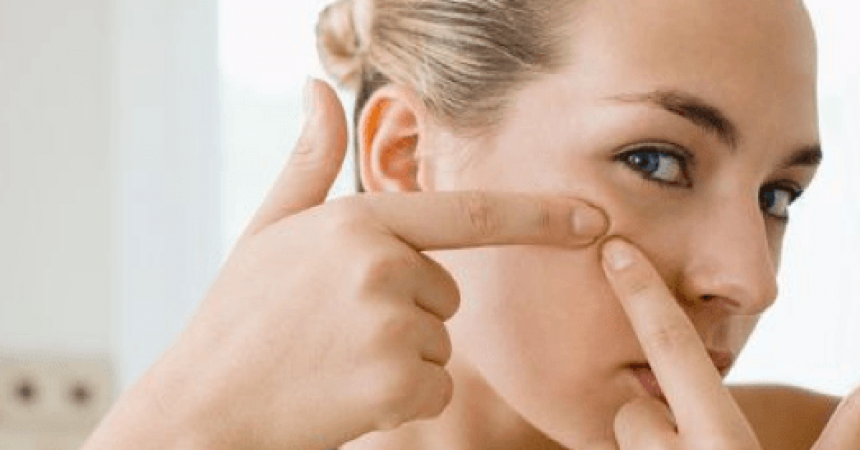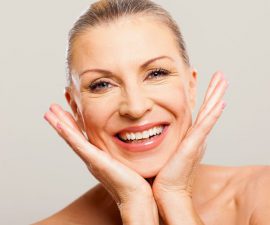Comedogenic acne is a milder and non-inflammatory form of acne. Does that mean that you’re lucky? Not necessarily. Some girls suffer whereas others don’t care. If you wish to get a smooth and healthy face skin back, this post is right for you. Read on to find out how to care and cure your skin.
What is the comedogenic acne?
Comedogenic acne is less severe than adolescent acne. It appears through comedones that affect the middle part of the face, forehead, back and chest. There are two types of comedones. Open comedones are known as blackheads – the outlets of the sebaceous glands are clearly visible. Their black color indicates the oxidization of keratin on the surface of epidermis. Closed comedones are the other type – under-skin whiteheads. In this case, the outlets of sebaceous glands aren’t visible.
How is comedogenic acne formed?
The causes of this skin problem include:
- hormonal changes – acne occurs due to an excessive secretion of male hormones which affect the work of sebaceous glands, as well as a drop in the level of progesterone and estrogen;
- stress – increased cortisol (stress hormone) leads to an intensified production of sebum, nerve endings stimulate sebaceous glands in stressful situations;
- wrong diet – high-glycemic foods, preservatives, artificial colorants and aromas, processed food cause comedogenic acne;
- cosmetics – make-up products block the outlets of sebaceous glands;
- genetic factors – if parents have acne, children are likely to have it, too.
Comedogenic Acne Skin Care Routine
There are some must-follow rules for comedogenic acne skin care. Removing dead skin cells and sebum excess matters a lot. Before getting round to it, you must thoroughly wash your hands to avoid transferring the bacteria. Gels and micellar water designed for acne-prone skin are the most effective for cleaning the face. Always dry your skin with a paper towel, wipe it with a toner which reduces open pores and apply a moisturizer.
Enzymatic scrub delivers great results, too. It will remove the sebum excess and dead cells. Before the exfoliation, you can try face steaming using herbs. Sage, horsetail and pansy are anti-inflammatory, soothing and purifying. Eventually, use a facial mask which moisturises and delivers oxygen to skin. For make-up, choose lightweight, non-comedogenic and anti-bacterial products. You cannot pop or remove comedones yourself as it intensifies acne and inflammation.
A diet, no stress and enough sleep are incredibly important as well. You must enrich your diet with products full of vitamin A and B (bananas, eggs, fish). A long-term stress intensifies skin lesions and leads to the disturbance of hormone balance. Lack of sleep has a negative influence on skin which becomes more prone to the action of germs.
The best remedies for comedogenic acne
If you want to get rid of comedogenic acne, remember to:
- wash your face with products for acne-prone skin – anti-bacterial gels and emulsions,
- use alcohol-free, skin-tightening and anti-inflammatory toners,
- often change your bed sheets and towels
- use lightweight, moisturising and mattifying day creams
- avoid degreasing products with large amounts of alcohol
- avoid touching the face
- never pop pimples by yourself
- camouflage imperfections with anti-bacterial concealers
- use an enzymatic scrub and a moisturising and cleansing mask once a week
- eat a proper diet, live a healthy lifestyle and relax
- cut down on sunbathing
Comedogenic Acne Treatment at Home & at a Beauty Salon
Fruit acid chemical peels, Algae facial masks, ultrasonic sonophoresis or light therapy with red or blue lights (in order to soothe skin inflammation) are the examples of procedures that help fight comedogenic acne. On the other hand, at-home comedogenic acne skin care aims at balancing pH, reducing the dead cells, moisturising the skin and improving the blood flow.




Leave a Reply